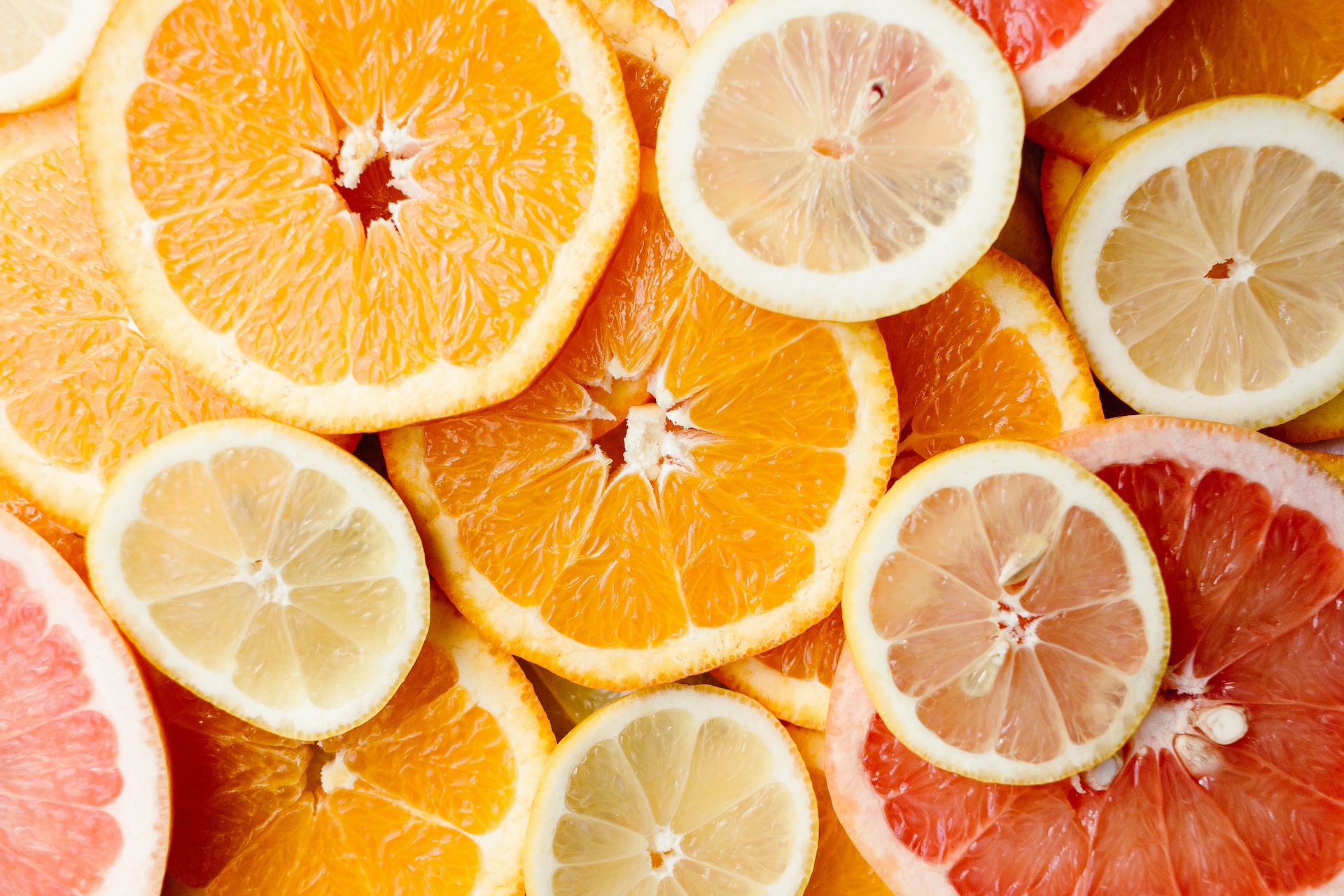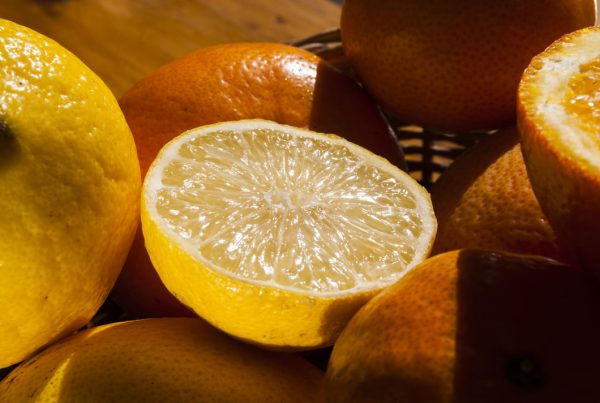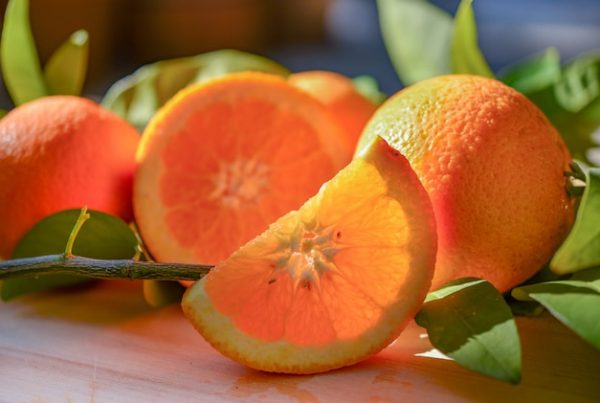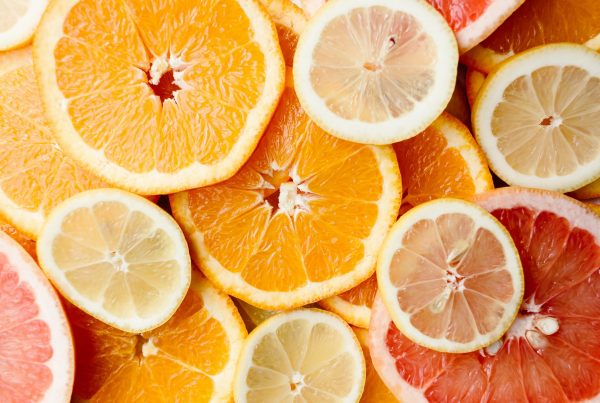Newsletter 161 – 01.08.2024
The 2023 citrus seasonin the southern hemisphere was quitebetter than the previous one, which had been highly affected by extreme weather conditions. But the evolution of this season was uneven depending on the citrus and country. While South Africa continues to prove to be the big winner, increasing its shipments year after year; Australia, Argentina and Uruguay register the opposite evolution. Chile managed to partially recover after the difficult previous season. On the other hand, Peru appears quite stable in in its citrus exports.
Mandarin: the queen
It is clearly the star of citrus fruit, thanks to the fact that it meets what the modern consumer is looking for. It is sweet, juicy and healthy. Very practical as it is easy to peel, seedless and comes in its own, ecological and individual packaging. Thanks to this, it is the citrus that expands the most. In 10 years, exports from the southern hemisphere tripled. Except for Argentina and Uruguay, all other countries increased their exports sharply. The most marked growth was in South Africa and Chile: both quadrupled their shipments in a decade. Peru and Australia doubled them. They achieved this thanks to the success they had with late mandarins, such as Nadorcott, Tango, W. Murcott and Orri. These mandarins have a very good internal and external quality, being sought after by northern consumers. Americans and Europeans especially like them, receiving two-thirds of them. This group of mandarins displaced others, which suffered a setback. The fear that the explosive growth recorded in exports would saturate the markets has not occurred for now. Every year shipments increase, finding sufficient outlets at attractive prices. This year the southern hemisphere reached a new export record of 1.2 million tons, double that of 6 years ago.
Orange: benefiting from shrinkage
Has bee historically the citrus fruit most exported by southern countries, its shipments have been stable for years; 1.3-1.4 million tons. But their first place will soon be surpassed by the mandarins, which are projected to surpass the oranges in 1-2 seasons.
The total leader as an exporter of southern oranges is South Africa, contributing just over one million tons. Australia follows with an export of around 150,000 tons and Chile with 90,000 tons. The participation of other countries is lower.
The stability of shipments is surprising in a context in which global consumption of fresh oranges is falling. But the explanation lies in the production losses recorded by the large orange producers, especially Florida and Brazil. In these two countries, greening, added to other pests and diseases, is causing disasters. Therefore, there is a great shortage of industrial oranges, which also benefits the fresh market.
Limón: in its negative phase
Lemons werethe big winner for a decade. The attractive prices paid for fresh produce and the industry led to a strong expansion of its cultivation in the main producing countries. In the case of the Southern Hemisphere, it was South Africa where the largest boom was recorded. But the evolution of the lemon is cyclical, after the boom, comes the fall and this is currently being suffered harshly. Industrial product prices fell to historic lows. In the case of the fresh market, the situation remained correct, thanks to the fact that both Spain and the United States suffered production losses. Due to this, they purchased significant southern volumes, paying satisfactory prices. In 2023, the European Union and Asia will mainly be supplied with South African lemons, while the US will be supplied with Argentine lemons. In all cases these countries provided more than two thirds of the southern supply.
Grapefruit: maintaining its small market
South Africa is practically the only southern supplier. The other countries only make punctual and occasional shipments. For years, grapefruit has been a fruit that has lost followers, given that the way of consuming it does not adapt to the current pace of life. This led to a contraction in world trade. South Africa is also suffering. While the export of other citrus fruits shows a positive trend, that of grapefruit is declining. Europe and the Far East are South Africa's biggest buyers, with other markets being minor destinations.







